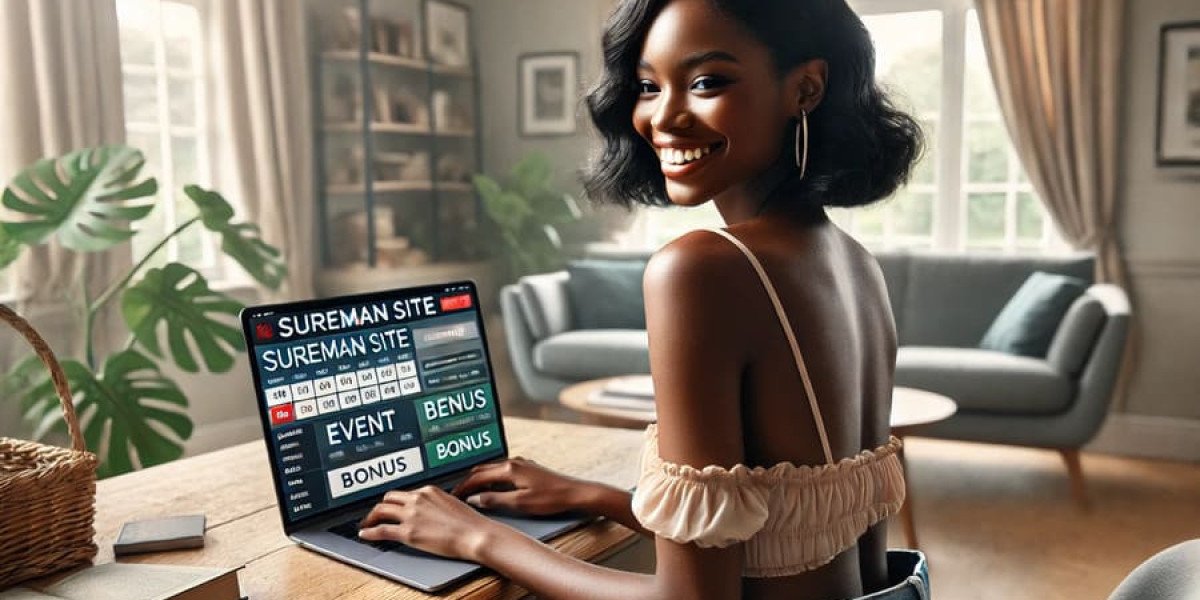You know a weapon is special when it frustrates you, punishes you, teaches you, and then rewards you with some of the most satisfying kills you’ve ever had. That, in a nutshell, is my relationship with the LMR27 in Battlefield 6. It’s a flawed weapon, absolutely—but in a way that highlights just how much depth the game’s weapon design actually offers Battlefield 6 Bot Lobby.
At first glance, the LMR27 feels like a mismatched collection of traits. Low damage, four‑shot kill requirement, tiny 10‑round magazine, long reload—it’s easy to dismiss the gun before even giving it a chance. But what’s interesting is that its strengths seem deliberately chosen to create a very intentional niche within the DMR category. And once I started exploring that niche, I realized how thoughtfully the gun was built.
The first design aspect that impressed me was the surprisingly strong accuracy while shooting and moving. A lot of DMRs want you to play like a statue: stop moving, line up the shot, don’t flinch. The LMR27 does the opposite. It rewards constant micro‑movement, repositioning, and dynamic aiming. The result is that you play DMR battles in a more fluid, organic way. You sidestep sniper fire, poke in and out of cover, and create your own timing windows—all while maintaining effective accuracy.
Then we have the bipod. This is the feature that completely reframed how I understood the weapon. By default, many DMRs don’t start with useful attachments, so they feel incomplete early in the game. The LMR27, however, starts fully ready for long‑range engagements the moment you deploy the bipod. Suddenly, the shaky mid‑damage gun becomes a stable long‑range pressure tool with almost zero recoil. It’s hilariously easy to use once set up, making it the simplest long‑range DMR to control out of the box—even beating the SVK in ease of use.
This contrast—mobile mid‑range duelist versus stationary long‑range turret—shows an impressive versatility that few players appreciate. It’s as if the weapon wants you to adapt constantly, not rely on one trick.
Of course, the gun is still objectively disadvantaged. The 10‑round mag makes follow‑up fights unreliable, and the long reload punishes any mistake. It’s not a weapon you pick for raw power, especially when the M277 outclass it in close range and the M250 practically eats it alive for long‑distance firefights.
Yet mastering the LMR27 made me appreciate Battlefield 6 more as a whole. The weapon forced me to think differently about sightlines, pacing, and angles. It made me value the environment—searching for bipod‑friendly surfaces, choosing rooftops, rocks, windows, even the wreckage of a tank to lock myself into a stable firing position. It taught me about tempo Battlefield 6 Boosting buy: when to push, when to fall back for a reload, when to pick engagements and when to force enemies into mine.
The LMR27 won’t ever be my main weapon for sweaty competitive play—but it will always be one of the guns that taught me the most about the game’s depth. It’s not just a weapon; it’s a lesson wrapped in metal.









